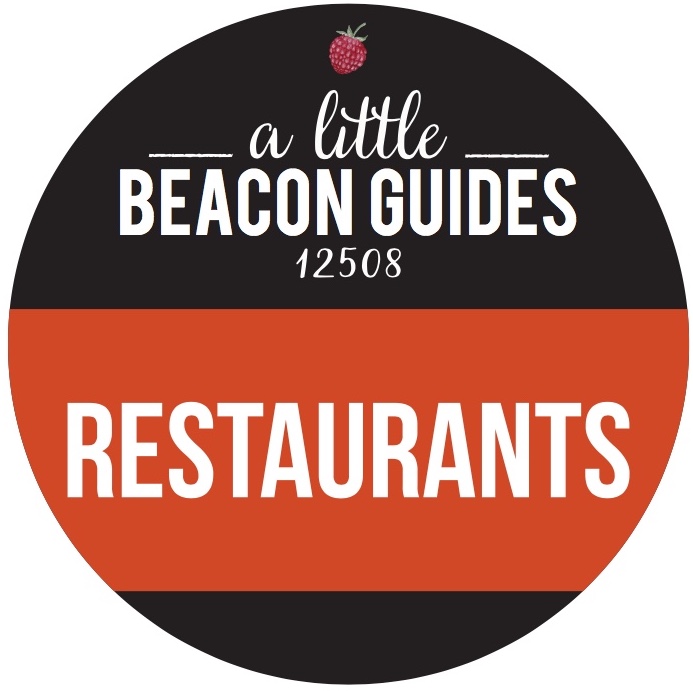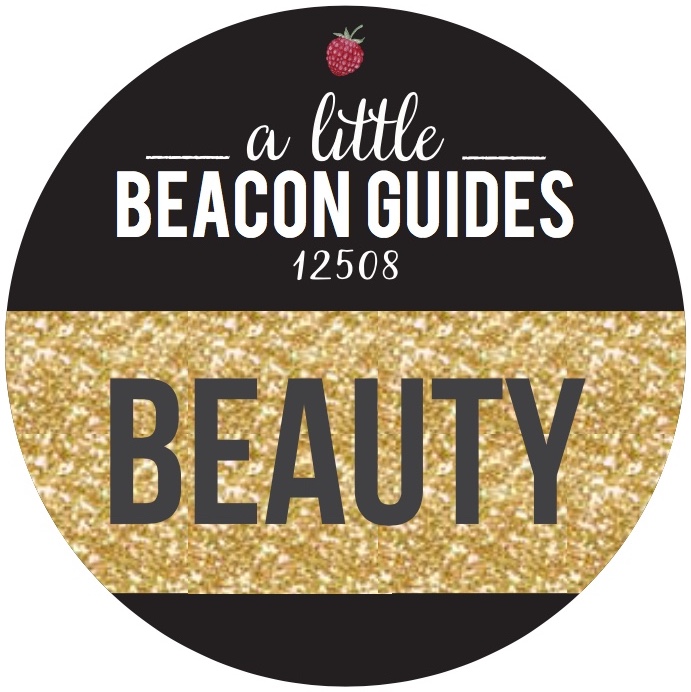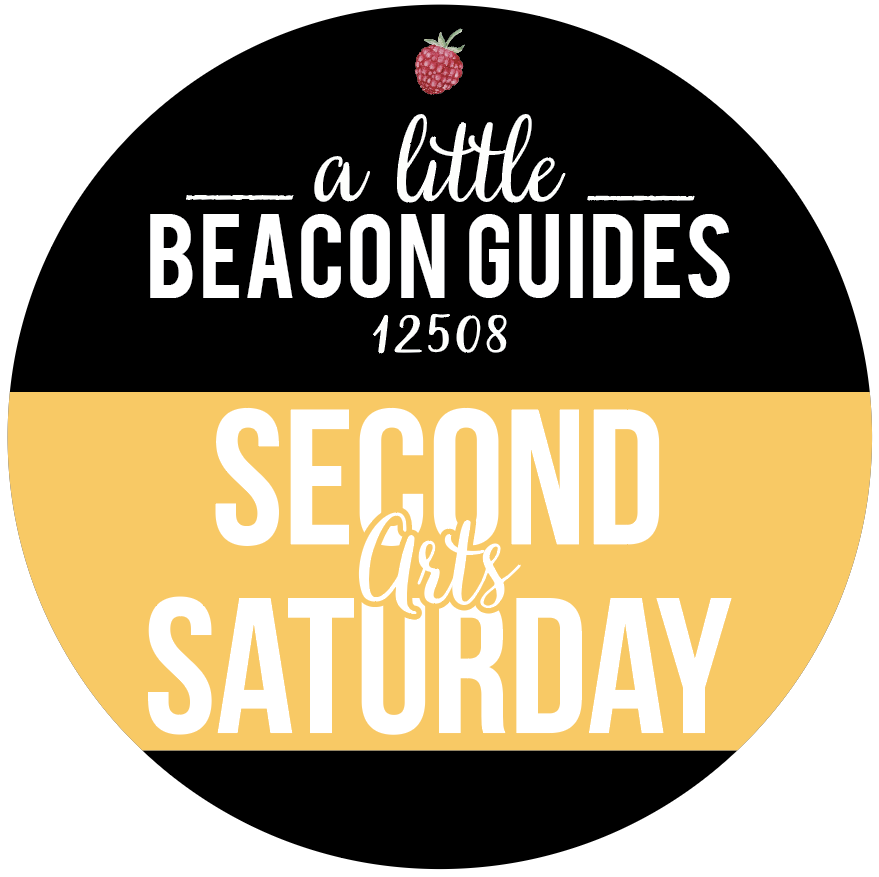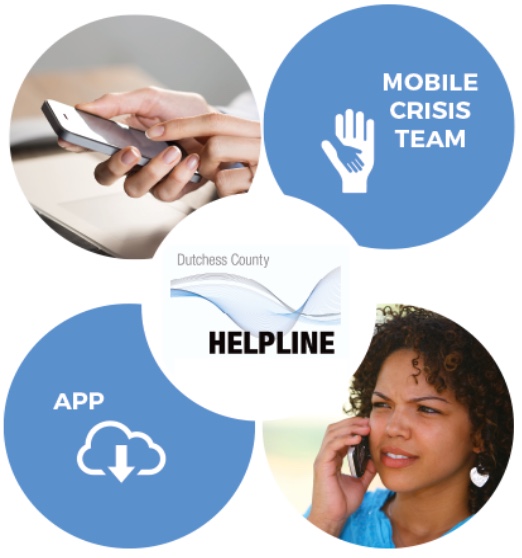Governor Cuomo Reverses Course On Summer School - Encouraged By County Executive Molinaro
/After Governor Cuomo announced that school would be closed for the rest of the year, County Executive Marcus Molinaro responded on May 1, 2020 with a letter to the governor, agreeing with the decision, but urging the Governor to reconsider for children with special needs for the upcoming summer. County Executive Marcus Molinaro has a child with Autism, and responded by sending a letter to the Governor, Chancellor Rosa, and Interim Commissioner Tahoe, by stressing an urgency to keep summer school programs open to in-person learning interactions for children with special needs.
An excerpt of his letter, which was distributed to the media via press release, is below:
Throughout this process, so many of our schools and teachers have gone above and beyond to provide quality education during these difficult times. Many students with special needs have adapted well to the new paradigm of remote learning and are finding success utilizing Zoom, Microsoft Teams, and other platforms. Other students are struggling with the hands-on attention of teachers and specialists. For many special education students, the most daunting challenge is overcoming the stress of change and inconsistency. That is why a careful and student-centric approach is paramount as we move forward.
Since schools were closed, parents have played an even greater role in their education. This was a challenge for all parents, however, for parents of special needs students, the task could be even more daunting. The technology we all relied on to make remote learning possible, needed modifications and innovative adaptions to make them more accessible. Not all platforms are compatible with critical assistive technologies, nor are they always conductive to educating students with very specific needs. Parents and teachers have been asked to do a lot of heavy lifting to ensure their children and students are receiving a high-quality education.
Special education students must have access to services throughout the summer. These services will help support students and their families bridge the gap until schools are once again able to provide a more conventional education. Not all special education students will want to take advantage of services throughout the summer, however, for those who do, they must be available.
Stepping out just a minute here…
Stepping out of my role as a reporter for this article for a moment, and into that of a parent who is doing Distance Learning for two children ages 8 and 10 (this doesn’t count the 3yo toddler who is constantly disrupting and needing to go potty), I can tell you that Distance Learning is extremely difficult. Extremely. A large part of a child’s life is social interaction, and the interaction they get with their teacher (assuming they have a good relationship). Not having that has been sorely missed by my children. Completing “simple” assignments, like 7 math problems on two pages, takes 1 hour. One painful hour of bodies collapsing onto the floor, throwing pencils, hating parents. I have resisted writing about it, so as to not offend our teachers and administration who are trying so hard and are equally traumatized, some of whom are teaching and preparing curriculum with their own children at home, doing their own Distance Learnings.
Ok, back into reporter mode.
On May 21, 2020, while the new children’s risk of COVID-19 (Multisystem Inflammatory Syndrome (MIS) similar to Kawasaki Disease) was being discussed, Governor Cuomo decided to close in-person teaching opportunities for summer school, stating: “Amid the ongoing COVID-19 pandemic, Governor Andrew M. Cuomo today announced summer school will be conducted through distance learning this year to help reduce the risk of spread.”
On may 22, 2020, Dutchess County Executive Marcus Molinaro wrote a second letter in response to the announcement of summer school closure:
Dear Governor Cuomo: (crossed out to hand-written in blue marker to address “Andrew”),
As plans to reopen and re-imagine New York State's schools and summer distance-learning services are contemplated and developed, it is of utmost importance that the needs of special education students and their families are thoughtfully and carefully considered. Efforts underway by your office, as well as those of the Board of Regents, New York State Education Department, and our 700 public school districts, must incorporate input from special education teachers and parents of students with special needs. Although you recently announced that in-person summer school will not go on, it remains critical to offer needed services to special education students throughout the summer.
I expressed my concerns related to this issue in a letter sent on the first of this month to Chancellor Rosa, Interim Commissioner Tahoe, and your office. Since then, many others have voiced similar concerns and have yet to be addressed.
The letter continued to repeat the first letter. On June 8th, the Dutchess Business Notification Network reported that Governor Cuomo signed an Executive Order to allow summer school to continue in person: “Notwithstanding any prior Executive Order to the contrary, special education services and instruction required under Federal, state or local laws, rules, or regulations, may be provided in person for the summer term in school districts. Any district providing such services in person must follow State and Federal guidance.
County Executive Molinaro’s response sent via press release was: “Access to in-person special education services throughout the summer is critical to so many with disabilities and their families, this year more than ever. The school year has been wrought with stress, anxiety and disruption caused by Coronavirus and special education students have felt the impact most profoundly. Access to in-person services will provide the needed support to overcome those challenges, smoothing the transition to a new school year in the fall. I’m grateful Governor Cuomo has taken this important step and I am happy to have worked with Jim Malatras and his staff to make this a reality. This is indeed good news for so many families across Dutchess County and New York State. There is little question we can make a real difference in the lives of these young people, when we work together and ThinkDIFFERENTLY!”







































